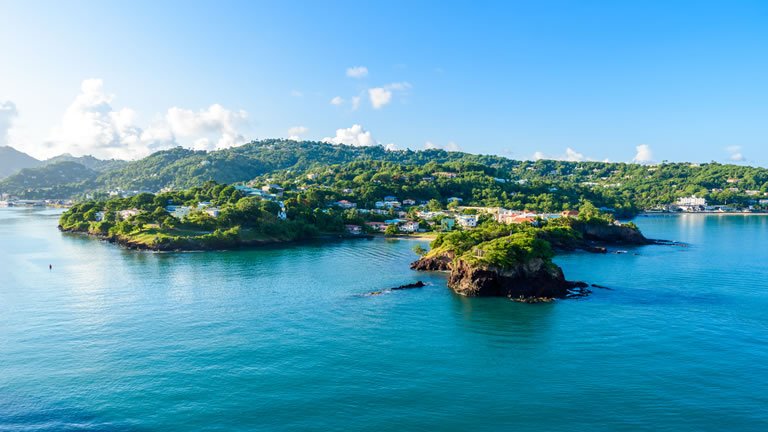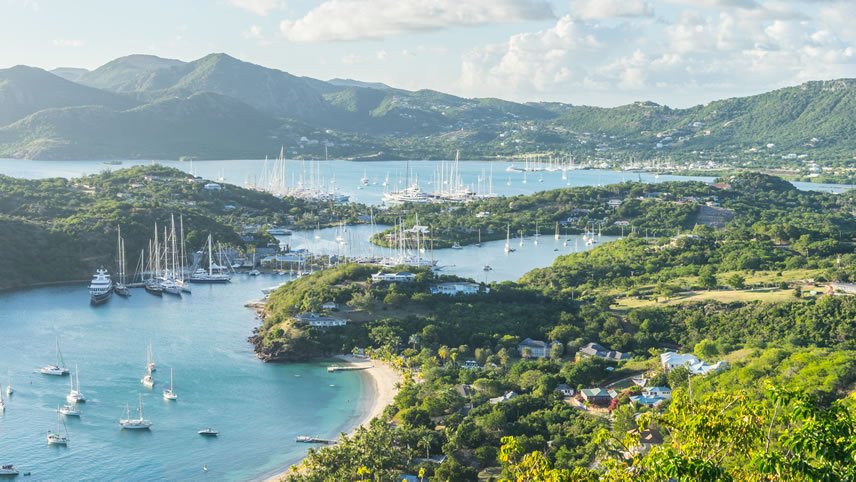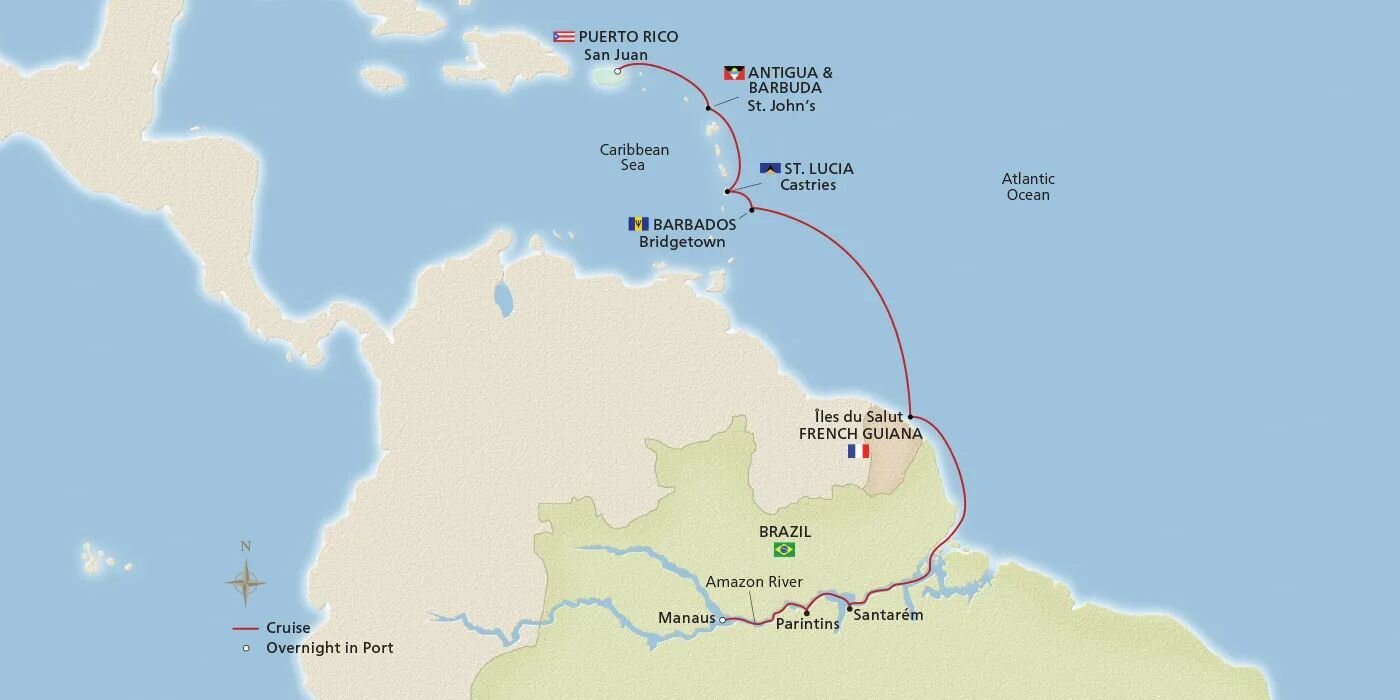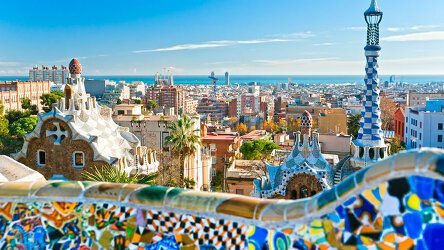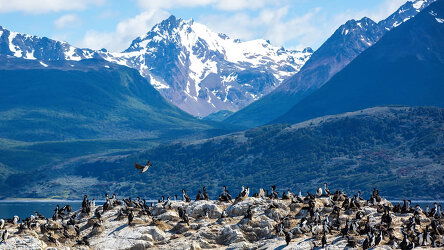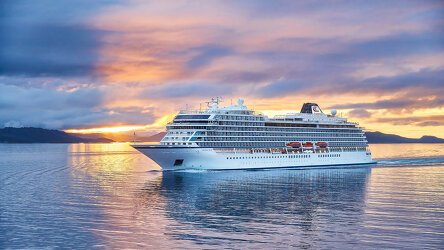Overview
Itinerary
Embark your ship and settle into your stateroom. Manaus is the most populous city in the Amazon basin. Its prosperity from the rubber trade earned it a reputation as the “Paris of the Amazon,” with elegant buildings, gracious avenues and colorful facades still visible in the Old Town. The Amazon Theater, constructed when demand for rubber was at its height, boasts a striking tiled dome and rich European influences. The Rio Negro Palace, once home to an eccentric rubber baron, is a vibrant cultural center. By boat, the Meeting of the Waters can be seen, where the Black River and the sand-colored Amazon run side by side.
European-flavored Manaus is one of Brazil's largest cities. Its remote situation in the Amazon rainforest is so isolated, the unique culture of native Brazilian tribes has been largely preserved. Nowhere is this more visible than in the historic markets. Behind the pink and yellow facade of the Mercado Municipal, inspired by the famed Les Halles in Paris, a wide array of colorful tribal handicrafts can be found alongside medicinal plants and locally grown produce. But the market's main attraction is the bustling fish market overflowing with freshly caught Amazon species.
Parintins sits on Tupinambarana, a group of four adjacent islands surrounded by a convergence of four rivers. Their endless surging current divided the once singular island into four. The sleepy town centers around its Square of the Sacred Heart of Jesus, home to the eponymous church and a thriving market. But it is perhaps best known for its folk theatrical tradition known as Boi Bumbá. This extravagant performance, part of an annual folklore festival held each June, is Brazil's largest celebration after Carnival in Rio de Janeiro.
Santarém lies at the confluence of the Tapajós and Amazon Rivers. The Tapajós River's crystalline waters host inviting beaches that have earned it the nickname “the Caribbean in Brazil.” Bathers on these freshwater sands are likely to see families plying the waters in small boats, as most nearby villages can be reached only by river. Santarém's religious center is the stunning Cathedral of Our Lady of Conception, a colonial gem topped with two graceful towers. Its vibrant market overflows with produce from the surrounding countryside, handicrafts and local wares.
More than one-third of the world's known species live in the Amazon rainforest and river. Over 3,000 types of fish have been identified in these waters, with more being discovered each year. Its most notable resident is the fascinating pink dolphin. Its large pectoral fins help it to maneuver easily through flooded forest, and its unfused cervical vertebrae allows a full 90-degree turn of the head. Other mammals here include the Amazonian manatee, or sea cow, and the giant otter, called the “river wolf” for its reputation as one of South America's top carnivores. Spend a relaxing day at sea to unwind and admire the vistas from your stateroom veranda.
Sail the Atlantic Ocean, divided in half, north to south, by the Mid-Atlantic Ridge. Longer than the Rockies, the Himalayas and the Andes combined, this underwater mountain range is the longest on Earth. As you sail today, savor a range of international cuisine on board. Choose from a variety of international flavors at the World Café, enjoy al fresco dining on the Aquavit Terrace, or regional specialties in The Restaurant.
The three Îles du Salut, or Islands of Salvation, were a much-feared penal colony for the most notorious French criminals. Together, they provide a glimpse of a fascinating slice of French history. Devil's Island is small enough to be explored independently. The prison system was opened in 1852 and became notorious for its harsh treatment of inmates. Captain Alfred Dreyfus was sent here in 1895, accused of treason and later exonerated, and Henri Charrière was among the few to escape. Charrière told his story in a memoir, Papillon, which was later adapted into a film.
Sail legendary waters, where medieval Europeans believed “there be dragons” beyond the ocean's horizon. Enjoy the amenities of your ship as you sail. Perhaps take a breath of fresh air on a brisk walk around the Promenade or begin your day with a workout in the well-equipped Fitness Center.
Barbados is rich in British history and spectacular sandy beaches. Home to the Commonwealth's third-oldest parliament, Barbados is often called “Little England” for its lasting British influence. Bajans, as islanders are known, exude a hearty love of their small island country and delight in sharing its culture. Cricket matches and afternoon tea are as common here as surfing and sunning on the beach with family and friends. And a bottle of the island's native Mount Gay Rum, accompanied by a conkie, a pumpkin-coconut cake steamed in banana leaves, are never far out of reach.
St. Lucia boasts some of the Caribbean's most idyllic beaches, many near its capital of Castries. This paradise is so seductive that the British and French fought over it for 150 years. The British finally triumphed in 1814. Today, St. Lucia is a sovereign nation, but it is still part of the British Commonwealth. The island has a rich artistic heritage: the Cathedral of the Immaculate Conception in Castries is adorned with lush murals painted by a local artist and batik artisans keep a cherished tradition alive in their shops.
Blanketed with tropical forests that lead to sheer cliffs overlooking azure waters, Antigua has a rich past as a naval outpost of the royal Crown. It is the largest of the Leeward Islands and one of the most British in the Caribbean. Today, Antigua and neighboring Barbuda, along with several smaller islands, comprise an independent country. Its capital, St. John's, has been an administrative center since 1632, and the baroque twin bell towers of the cathedral attest to a long British influence. The nation boasts a powder-sand beach for every day of the year.
San Juan is a city of white-sand beaches, lush rainforests and inspiring Spanish colonial architecture. Compact and elegantly planned, Old San Juan spans the centuries. El Morro fortress has been standing watch over San Juan Bay since the 16th century and its formidable cannons peer out to sea. The streets of the centuries-old UNESCO World Heritage Site are paved with steel-blue adoquín stone, used to ballast the Spanish galleons that brought settlers here. These colorful, narrow byways lead to picturesque multihued facades and townhouses with neoclassical balconies.
Throughout San Juan, there is evidence of the city's Spanish influence. Centuries-old, two-story houses line the streets of the Old Town, many of them brightly hued with pastel facades. Some of the city's most historic structures have been transformed into cultural venues. In the stately Ballajá Barracks, built to house troops in the mid-1800s, the Museum of the Americas chronicles the region's heritage. The metallic-blue 16th-century La Fortaleza, once a defensive citadel, is the oldest continually used executive mansion in the Americas, today home to the city's governor. After breakfast, disembark your ship and journey home.
Life Onboard Viking Sea
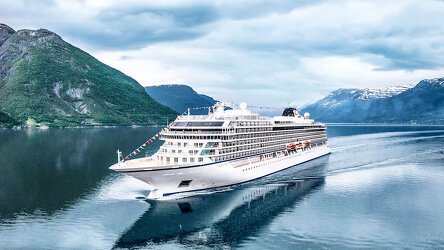
Launched in 2016, the Viking Sea is an all-veranda ship, part of a fleet of award winning, state of the art ships incorporating all the comforts & luxuries you would expect from Viking. Read more
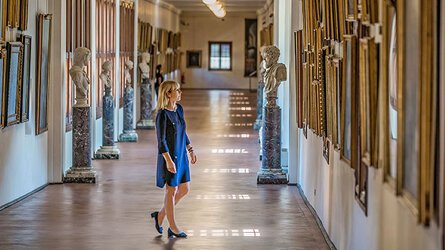
Viking are destination experts. With no casinos or children on board, you can be assured that the focus is firmly on enrichment and education. Read more
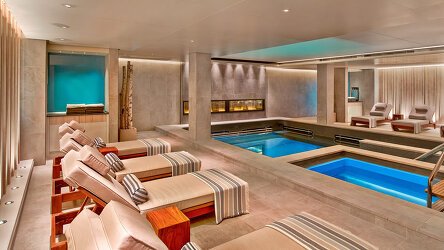
After a day of exploration or just to enhance the relaxation of a day at sea, the on-board Spa will leave you feeling recharged and revitalized. Read more
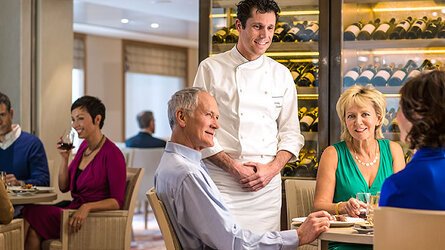
Viking offer eight on board dining options. Beer, wine and soft drinks are available with lunch and dinner at no additional charge of fee. Read more

Viking proudly includes all that you need and nothing you do not. A variety of features and services valued at $200 per person per day are standard inclusions in your cruise. Read more
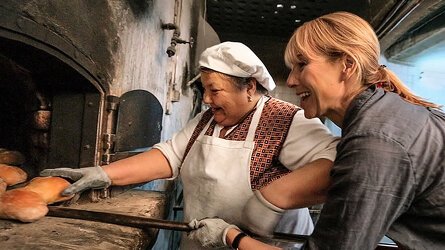
Viking include one complimentary shore excursion in every port of call. Enjoy exclusive entry to cultural treasures and seldom-seen collections around the world. Read more

Trip Reviews (5) Most Recent 'Amazon & Caribbean Adventure' Reviews
The great thing is that there are self serve laundry facilities which meant we could leave the ship with clean clothes for the next part of our 10 week journey through Europe. The service onboard was wonderful and the staff couldn’t do enough for us and always with a smile. In fact, the day of disembarkation, our transfer wasn’t until 1pm so we were invited to stay onboard in the public areas and even given lunch whilst the next group of passengers were embarking. The only negative, although no one’s fault, was the weather. It was so hot!! Europe was having a heatwave this year. So in future we would probably not leave home as early as we did (end of August). Maybe 3 weeks later would have been ideal. Many thanks to Georgie for organising our cruises (we also did Viking’s France’s Finest river cruise). She was always available for any queries we had and always prompt with the replies. 😃
Dining ...read more options were varied and all very good. Most notably, the tasting menus at The Chef’s Table, which we booked three times, were absolutely exquisite. All the included extras (shore excursions, drinks and wifi) as well as the “no casino, no kids” policy made a positive difference.
The “Viking Sea” is only 2 years old and is decorated in sleek and simple Scandinavian style, featuring beautiful Scandinavian artworks. The ship is spotlessly clean, and one of the highlights was the exceptional quality of all the onboard staff, who were friendly, helpful, engaging, and always happy to have a chat. Viking must have an impressive staff training program.
Our itinerary for the 11 day cruise was a busy one and the included shore excursions were all excellent and very well organised. We visited 9 different islands, with different history, scenery and cultures, shown to us by excellent local guides, and all were both beautiful and fascinating.
The days when we did additional optional excursions were very busy, but we especially loved the French Cooking Class with a local chef in Saint Martin. We were sad to see the lingering devastation of cyclones going back a number of years on all the islands. I would recommend this cruise to others and I am sure that we will travel with Viking again in future.
Brochure
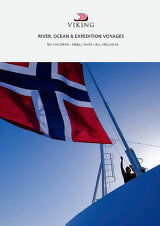
Viking River, Ocean & Expedition Voyages (2025-27)
Availability
 USD
Port charges, taxes and fees included.
USD
Port charges, taxes and fees included.
Viking Cruise $25 Deposits!
Tour & cruises prices are per person. Prices shown have savings applied, are subject to availability and may be withdrawn at any time without notice. Pricing and trip details are correct at this point in time, however are subject to confirmation at the time of booking and are subject to change by Viking. For cruise itineraries, cabin images are sourced from Viking. These should be treated as indicative only. Cabin inclusions, upholsteries and room layout may differ to the image(s) shown depending on the ship selected and your sailing dates.
